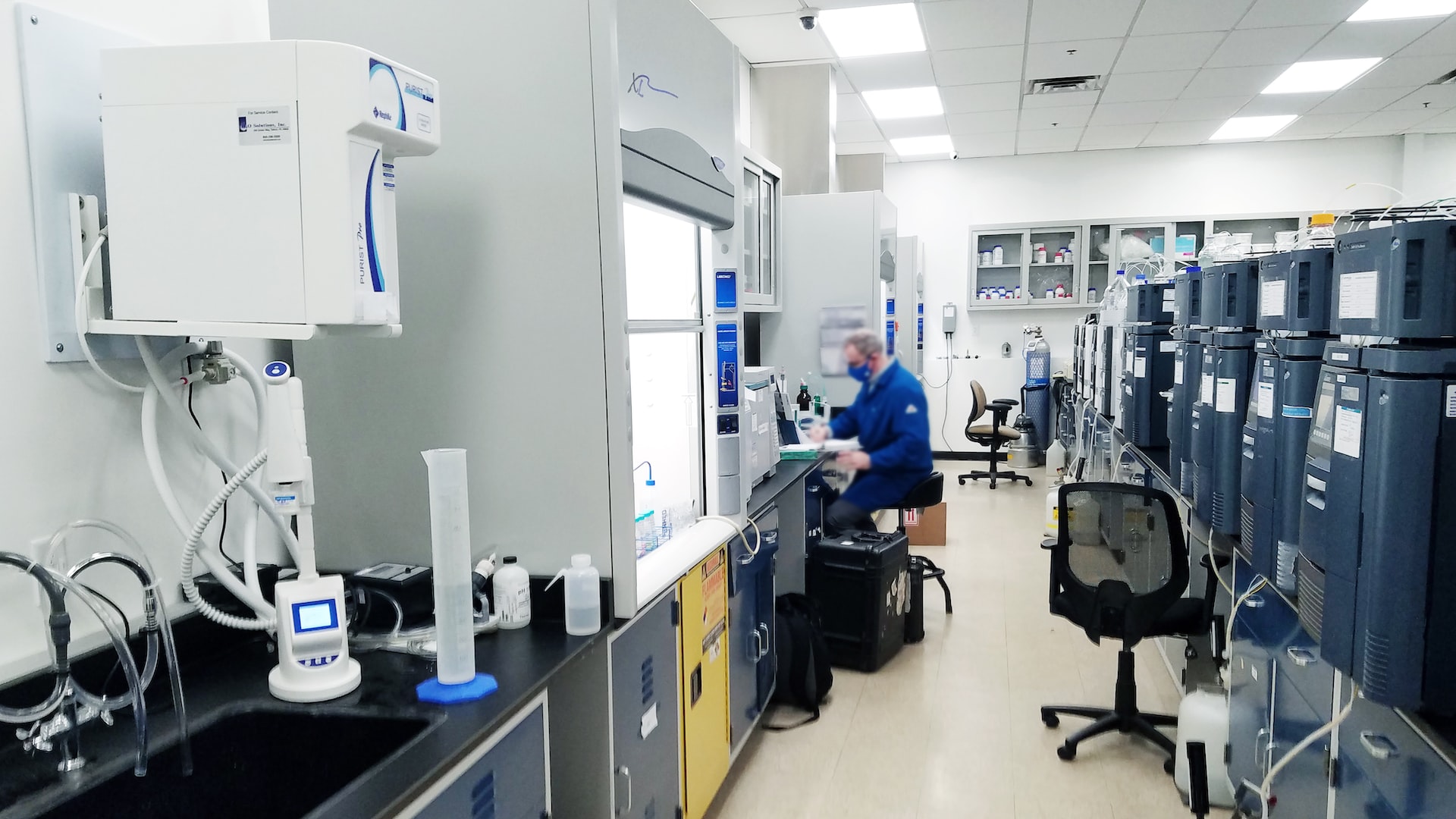In every laboratory, many scientists are always conducting various experiments using different raw materials. These chemicals, chemical gases and chemicals are important raw materials that help scientists to conduct successful experiments. However, it is worth noting that it is important to create a good, ventilated laboratory environment when conducting such experiments that include the use of chemicals in the laboratory. If the experiment is not ventilated, scientists are likely to accidentally inhale toxic chemical gases that can cause damage to their organs or bring about other incurable diseases. Therefore, equipment such as fume hood is very important to install in the laboratory. If you are considering purchasing a fume hood for your laboratory and are looking for a fume hood supplier Malaysia, you can contact MYLAB for more information. In the following article, you will be introduced to what is fume hood, what is it used for, and some tips when you try using fume hood in your lab.
What is fume hood
Fume hood is a large laboratory equipment, mainly used in chemical laboratories. fume hood’s main purpose is to protect scientists in chemical laboratories and reduce the exposure of experimenters to harmful gases. During an experiment, the fume hood continuously conveys airflow from the outside to the work area, providing fresh air to the experimenters, making them protected from toxic or volatile chemicals. The fume hood then absorbs the toxic air and passes it through a filter to clean the contaminated air before it is recycled back into the lab.
In addition, the fume hood provides scientists with protection from more than just dangerous gases. If something explodes or splashes during an experiment, the enclosed nature of the fume hood helps to protect the experimenter from debris. fume hoods are also often made of flame retardant materials, so they are not susceptible to fire damage.
In addition to protecting scientists from injury, the fume hood also has the ability to assist in the conduct of experiments to some degree. Most fume hoods have a number of built-in features to assist with experiments. For example, vapor-sealed lights inside allow experimenters to see how far their experiments are progressing. There are also universal outlets inside and outside the fume hood that allow the experimenter to easily use electronic devices during the experiment.
Different types of fume hood
Ductless fume hood: This type of fume hood uses a carbon-based filter to absorb fumes and vapors. The filtered air is recirculated back into the workspace. It can help provide exhaust air suitable for clean room applications.
Light duty fume hood: These smaller, more basic fume hoods are used to exhaust non-toxic materials such as heat, steam, and fumes.
Restrictions on the use of Fume hood
The Fume Hood does not break down harmful biological components. If scientists are using this type of material in their experiments, they can use a biosafety cabinet instead. In addition, some fume hoods cannot handle high temperature and toxic chemical materials, so scientists need to be more cautious when using them. If you want to use a specific fume hood for a specific type of experiment, you may contact fume hood supplier Malaysia for more information.
